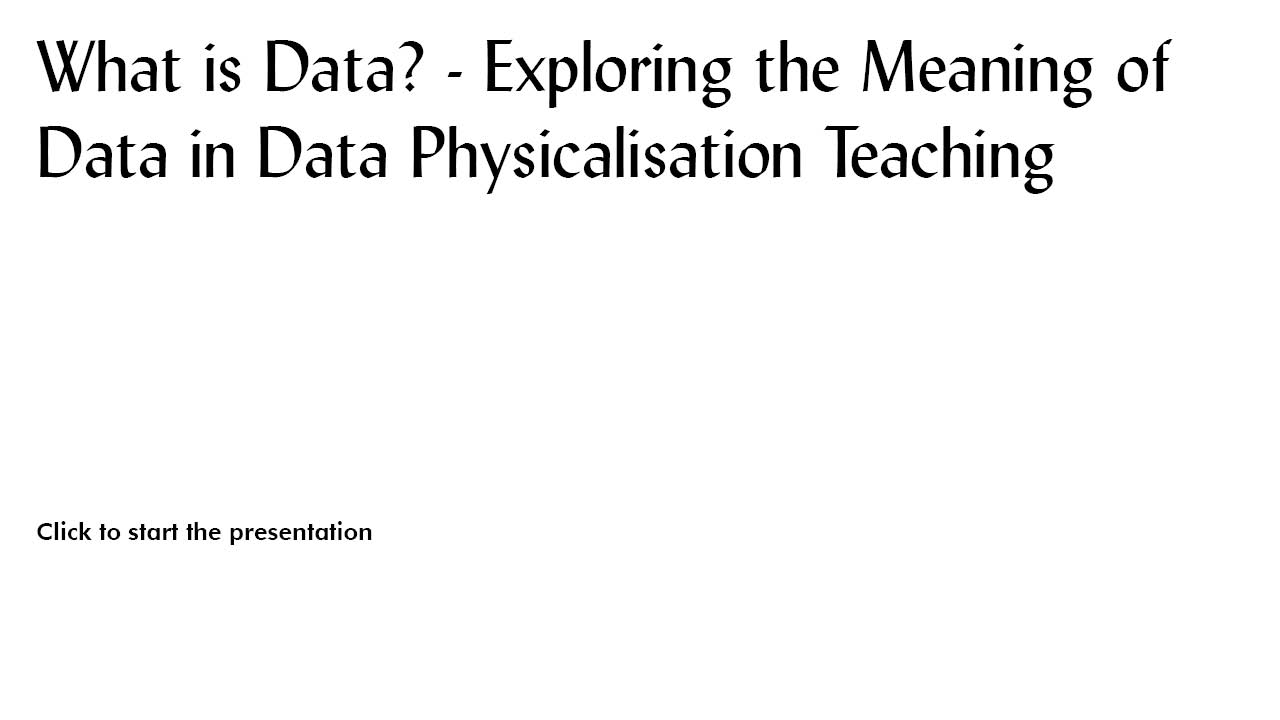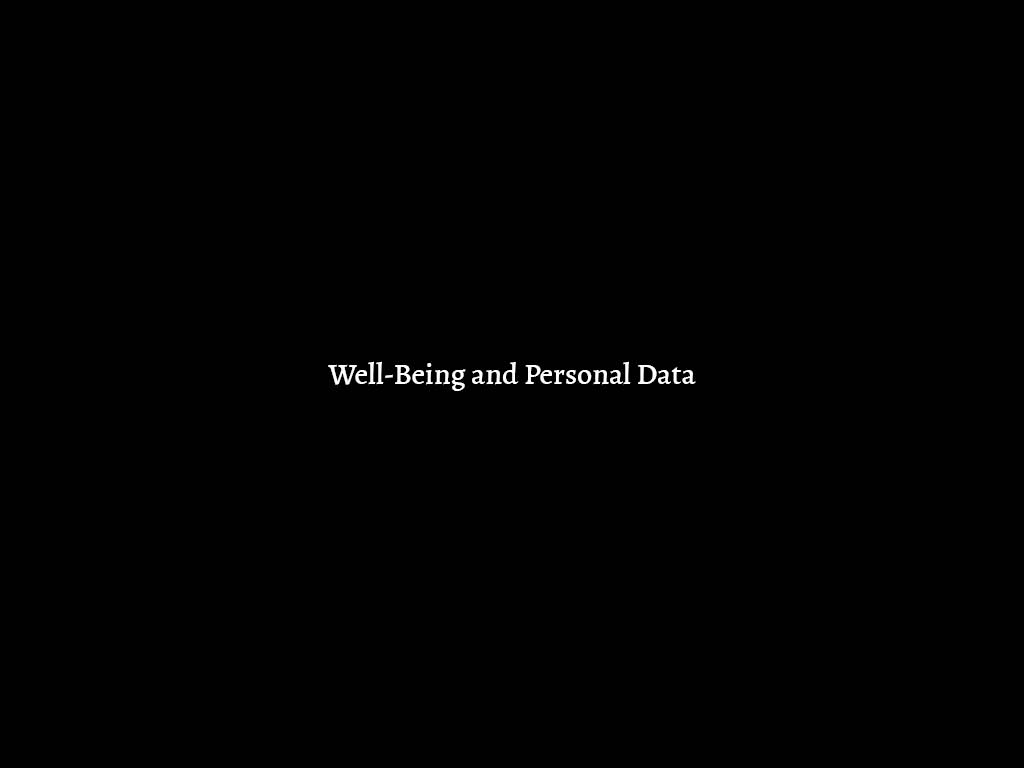Since the beginning of time, humankind has been generating data. From cave paintings, stories, sculptures, pictures, social media posts, to the notion of the ‘quantified self’: our data generation has become faster, easier, and more ubiquitous. But what can we do with all this data? What to do with the data which we are generating ourselves in our everyday lives? And how can we represent this data? These questions formed the basis for the project we taught at the Bauhaus-Universität Weimar, in which students were challenged to explore, visualise, physicalise (represent in physical form), and discuss data in and from their everyday lives. In order to do so, students had to make 5 weekly data diaries, in which they captured a data source from their daily lives. For the final challenge, students had to create one functional, shape-changing physicalisation. These journeys through the Data Diaries and the final creations proofed to be so rich, that we decided to analyse the work of our students, which resulted in a full-paper for the Tangible Embedded and Embodied Interaction (TEI) conference, 2022. The paper's abstract reads as follows: A growing body of work focuses on physicalisations based on personal, everyday data. Despite growing interest, little is known about how to educate people on their creation. We designed a teaching method of 'Data Diaries', which consists of fve representation assignments that move from visualising to physicalising personal data. The Data Diaries were used in a semester project, with the aim of creating an interactive physicalisation.We analysed the Data Diaries, written reports, and participant interviews. Our analysis shows that people need to overcome the challenge of using materiality to communicate data, which happens in four stages. Moreover, the materiality made participants realise that physicalisations do not focus on efciency and accuracy, but on the story of the data, by referring to its origin, use of personal mappings, and reduction. As physicalisations blur the line between quantitative and qualitative, designing them engenders a change in our notion of 'data'. The video presentation can be seen below:

- Teaching Details
- prof. dr. Eva Hornecker | Hannes Waldschütz | Rosa van Koningsbruggen
- Human-Computer Interaction
- Bauhaus-Universität Weimar
- WiSe20/21



